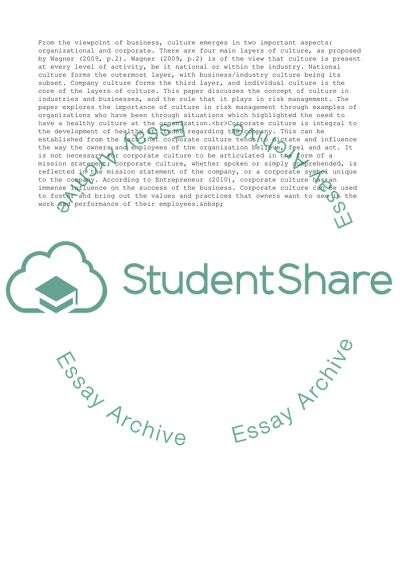Cite this document
(Culture and its Importance in Risk Management Research Paper, n.d.)
Culture and its Importance in Risk Management Research Paper. Retrieved from https://studentshare.org/management/1746015-analyse-the-concept-of-culture-and-its-important-in-risk-manangement
Culture and its Importance in Risk Management Research Paper. Retrieved from https://studentshare.org/management/1746015-analyse-the-concept-of-culture-and-its-important-in-risk-manangement
(Culture and Its Importance in Risk Management Research Paper)
Culture and Its Importance in Risk Management Research Paper. https://studentshare.org/management/1746015-analyse-the-concept-of-culture-and-its-important-in-risk-manangement.
Culture and Its Importance in Risk Management Research Paper. https://studentshare.org/management/1746015-analyse-the-concept-of-culture-and-its-important-in-risk-manangement.
“Culture and Its Importance in Risk Management Research Paper”, n.d. https://studentshare.org/management/1746015-analyse-the-concept-of-culture-and-its-important-in-risk-manangement.


